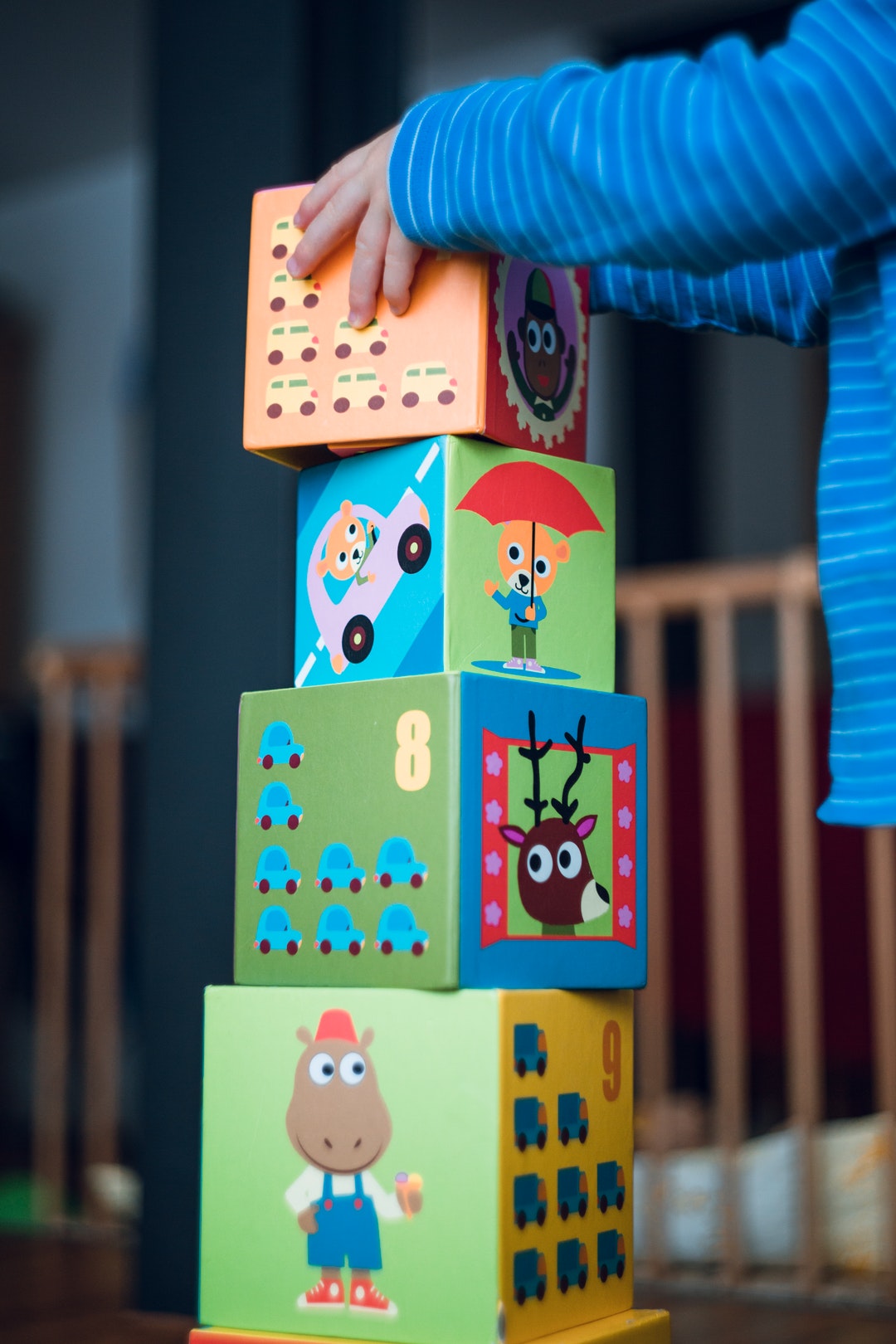According to one study, close to one percent of students in regular schools have autism.
How can you go about making sure that you can handle such children? This is what we will be discussing here, along with some of our top tips for teaching children with autism.
Read on to learn about the most important information that you need in order to teach students with autism.
Understand Autism and Its Effects on Learning
It is important to create an environment that accommodates their needs and strengths. Interventions should be designed to address students’ challenges. It should also promote successful independent functioning.
Above all, remember that each student with autism is unique, and approach them with patience, respect, and empathy. Find out the early signs of autism at the onset.
Establish a Positive Classroom Environment
Predictability is important so it is helpful to create daily routines for autistic students. This gives them the security they need. It is also important to create an understanding environment by being aware of their needs and interests.
Additionally, have clear expectations of behavior. Utilize positive reinforcement and provide lots of visuals, photos, and words to explain things.
Alternatives to Traditional Teaching Strategies
Traditional teaching methods may not be as effective with them and may need to be adjusted. A few alternative teaching methods to use with autism include the following:
- Using visuals
- Breaking down tasks and instructions
- Leveraging sensory inputs
- Using student interests as medium
It is important to remain flexible and open to incorporating other strategies or activities into lessons so that each student can be successful.
Specialized Technology and Methods
Specialized technology and methods when teaching students with autism can help them improve their academic skills.
Picture Exchange Communication System (PECS) uses visual symbols to assist with communication and social interaction. Devices like speech and language generation devices help autistic students express their thoughts in new ways. Auditory tools such as music and arts can help motivate students to achieve their academic and social goals.
Communication and Social Skills
Communication involves not only verbal but also non-verbal cues. Using gestures and facial expressions to illustrate a point can help reinforce learning. Practice expressing emotions in a variety of ways, such as:
- Excitement
- Disappointment
- Sadness
- Acknowledgment
- Approval
Additionally, learning social skills must be taught around turn-taking and sharing. Model appropriate language for having discussions and interacting with others. It is also useful to role-play social situations, like entering a classroom or joining a group.
It is Fun to Teach Students With Autism
It is an incredibly rewarding experience to teach students with autism! Taking the time to create activities and materials tailored to their can be a fun and exciting challenge. With patience and an open mind, teachers can help them achieve success and unlock amazing potential.
So get started and have fun teaching!
Did you find this article helpful? If you do, check out more of the same helpful articles on our blog.







